NASA’s Webb Space Telescope Reveals Astounding, Unprecedented Views Of The Universe

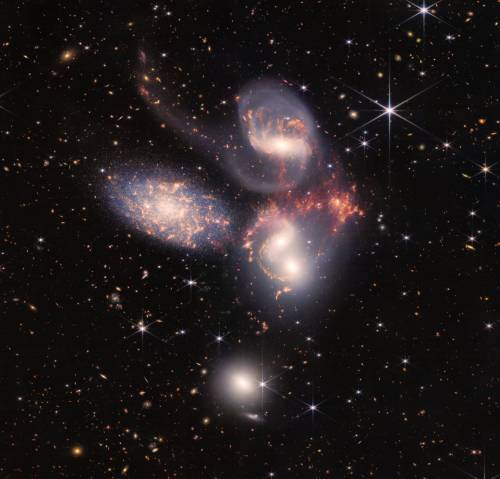
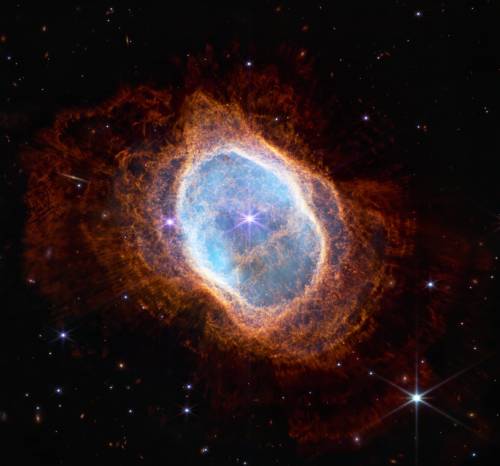
NASA’s Webb Space Telescope Reveals Astounding, Unprecedented Views of the Universe
More Posts from Of-finite-jurisdiction and Others
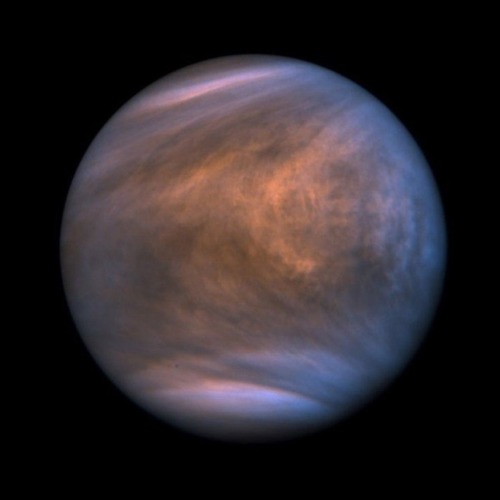

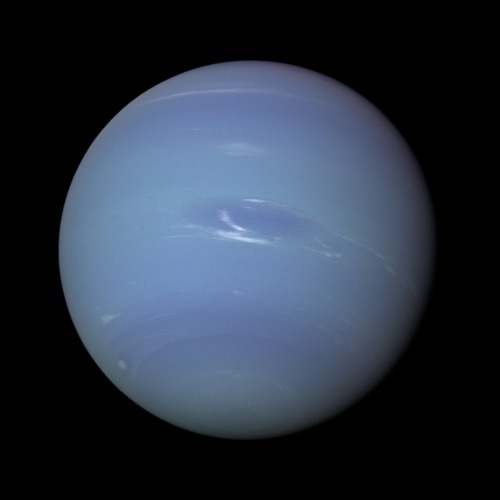
Venus, Callisto (Jupiter’s moon), Neptune

NGC 6995: The Bat Nebula : Do you see the bat? It haunts this cosmic close-up of the eastern Veil Nebula. The Veil Nebula itself is a large supernova remnant, the expanding debris cloud from the death explosion of a massive star. While the Veil is roughly circular in shape and covers nearly 3 degrees on the sky toward the constellation of the Swan (Cygnus), NGC 6995, known informally as the Bat Nebula, spans only ½ degree, about the apparent size of the Moon. That translates to 12 light-years at the Veil’s estimated distance, a reassuring 1,400 light-years from planet Earth. In the composite of image data recorded through narrow band filters, emission from hydrogen atoms in the remnant is shown in red with strong emission from oxygen atoms shown in hues of blue. Of course, in the western part of the Veil lies another seasonal apparition: the Witch’s Broom Nebula. via NASA

Zeta Ophiuchi: A Star With a Complicated Past via NASA https://ift.tt/78Esywl

This peculiar portrait showcases NGC 1999, a reflection nebula in the constellation Orion. NGC 1999 is around 1,350 light-years from Earth and lies near the Orion Nebula, the closest region of massive star formation to Earth. NGC 1999 itself is a relic of recent star formation – it is composed of debris left over from the formation of a newborn star.
Credit: ESA/Hubble & NASA, ESO, K. Noll




Rings of Gas Giants
l Uranus (Chandra) l Neptune, Jupiter (Webb) l Saturn (Cassini)

Clearest image ever taken of Venus.
source: https://photojournal.jpl.nasa.gov/targetFamily/venus
the new composite james webb image is so beautiful ive been staring at it for 10 minutes straight

featuring jupiters rings, europa (along with a bunch of other moons), the northern and southern auroras, and the great red spot

Starburst Galaxy M94 from Hubble via NASA https://ift.tt/OjdETcr
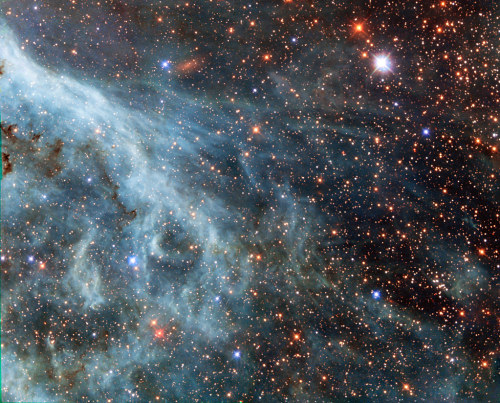
Turquoise Plumes in the Large Magellanic Cloud by NASA’s Marshall Space Flight Center
It wrinkles my brain that Jupiter’s moon Europa has oceans that are sixty miles deep, while Earth’s oceans only reach seven miles deep at most. I’m willing to bet good money that there’s life in Europa’s oceans. Like five bucks. You hear me, NASA? I bet you five bucks that there’s life on Europa… Now that there’s money and reputation on the line, I bet they send a mission there real quick.
-
 pulmonroto liked this · 2 weeks ago
pulmonroto liked this · 2 weeks ago -
 fobiadelmondo reblogged this · 3 weeks ago
fobiadelmondo reblogged this · 3 weeks ago -
 fobiadelmondo liked this · 3 weeks ago
fobiadelmondo liked this · 3 weeks ago -
 paloglitteratipugh liked this · 4 weeks ago
paloglitteratipugh liked this · 4 weeks ago -
 the-forever-obsessed reblogged this · 1 month ago
the-forever-obsessed reblogged this · 1 month ago -
 1nkpuddle reblogged this · 1 month ago
1nkpuddle reblogged this · 1 month ago -
 dxsalvatore liked this · 1 month ago
dxsalvatore liked this · 1 month ago -
 lacoleur reblogged this · 1 month ago
lacoleur reblogged this · 1 month ago -
 radbeardtastemaker liked this · 1 month ago
radbeardtastemaker liked this · 1 month ago -
 slect-a11 liked this · 1 month ago
slect-a11 liked this · 1 month ago -
 delightfuldevin reblogged this · 1 month ago
delightfuldevin reblogged this · 1 month ago -
 delightfuldevin liked this · 1 month ago
delightfuldevin liked this · 1 month ago -
 whiteswam liked this · 2 months ago
whiteswam liked this · 2 months ago -
 guimagsp reblogged this · 2 months ago
guimagsp reblogged this · 2 months ago -
 niiogz reblogged this · 2 months ago
niiogz reblogged this · 2 months ago -
 aqueduck reblogged this · 2 months ago
aqueduck reblogged this · 2 months ago -
 danganmonabuserisback2244 reblogged this · 2 months ago
danganmonabuserisback2244 reblogged this · 2 months ago -
 crowbar14 liked this · 2 months ago
crowbar14 liked this · 2 months ago -
 118sims reblogged this · 3 months ago
118sims reblogged this · 3 months ago -
 honeybabe00 reblogged this · 3 months ago
honeybabe00 reblogged this · 3 months ago -
 yourlocalhaunzite reblogged this · 3 months ago
yourlocalhaunzite reblogged this · 3 months ago -
 shadowwolfe-13 liked this · 3 months ago
shadowwolfe-13 liked this · 3 months ago -
 sciencetidbitsarchive reblogged this · 3 months ago
sciencetidbitsarchive reblogged this · 3 months ago -
 heraio reblogged this · 3 months ago
heraio reblogged this · 3 months ago -
 khaledalasadyaoi reblogged this · 3 months ago
khaledalasadyaoi reblogged this · 3 months ago -
 idlywild reblogged this · 4 months ago
idlywild reblogged this · 4 months ago -
 glitchbubbles reblogged this · 4 months ago
glitchbubbles reblogged this · 4 months ago -
 camsavila liked this · 4 months ago
camsavila liked this · 4 months ago -
 lordylore reblogged this · 4 months ago
lordylore reblogged this · 4 months ago -
 kittenofdoom reblogged this · 4 months ago
kittenofdoom reblogged this · 4 months ago -
 kittenofdoom liked this · 4 months ago
kittenofdoom liked this · 4 months ago -
 severalpossiblemusiks liked this · 4 months ago
severalpossiblemusiks liked this · 4 months ago -
 naupactus liked this · 4 months ago
naupactus liked this · 4 months ago -
 cat-with-a-keyboard reblogged this · 4 months ago
cat-with-a-keyboard reblogged this · 4 months ago -
 lovejason00 liked this · 4 months ago
lovejason00 liked this · 4 months ago -
 elizabeth7126 liked this · 5 months ago
elizabeth7126 liked this · 5 months ago -
 freakprisc liked this · 5 months ago
freakprisc liked this · 5 months ago -
 haberdashing reblogged this · 5 months ago
haberdashing reblogged this · 5 months ago -
 chinawalls liked this · 5 months ago
chinawalls liked this · 5 months ago -
 thief-and-dragonfly reblogged this · 5 months ago
thief-and-dragonfly reblogged this · 5 months ago -
 thief-and-dragonfly liked this · 5 months ago
thief-and-dragonfly liked this · 5 months ago -
 iconoclast204 liked this · 5 months ago
iconoclast204 liked this · 5 months ago -
 theydontknowimhere reblogged this · 5 months ago
theydontknowimhere reblogged this · 5 months ago -
 slumsaintt reblogged this · 5 months ago
slumsaintt reblogged this · 5 months ago -
 rainsummon liked this · 5 months ago
rainsummon liked this · 5 months ago -
 junkseries reblogged this · 5 months ago
junkseries reblogged this · 5 months ago -
 krispyobservationdestiny liked this · 5 months ago
krispyobservationdestiny liked this · 5 months ago -
 jivancich liked this · 5 months ago
jivancich liked this · 5 months ago

Finn OFJ’s space blog. Do you love space?? you better. or else
39 posts